How to Choose the Right Fiber Patch for Your Networking Needs
Selecting the appropriate fiber patch for your networking requirements can significantly impact the efficiency and reliability of your communication systems. With the increasing demand for high-speed internet and data transfer, the importance of choosing the right fiber patch cannot be overstated. This guide aims to equip you with essential insights and considerations to make an informed decision.
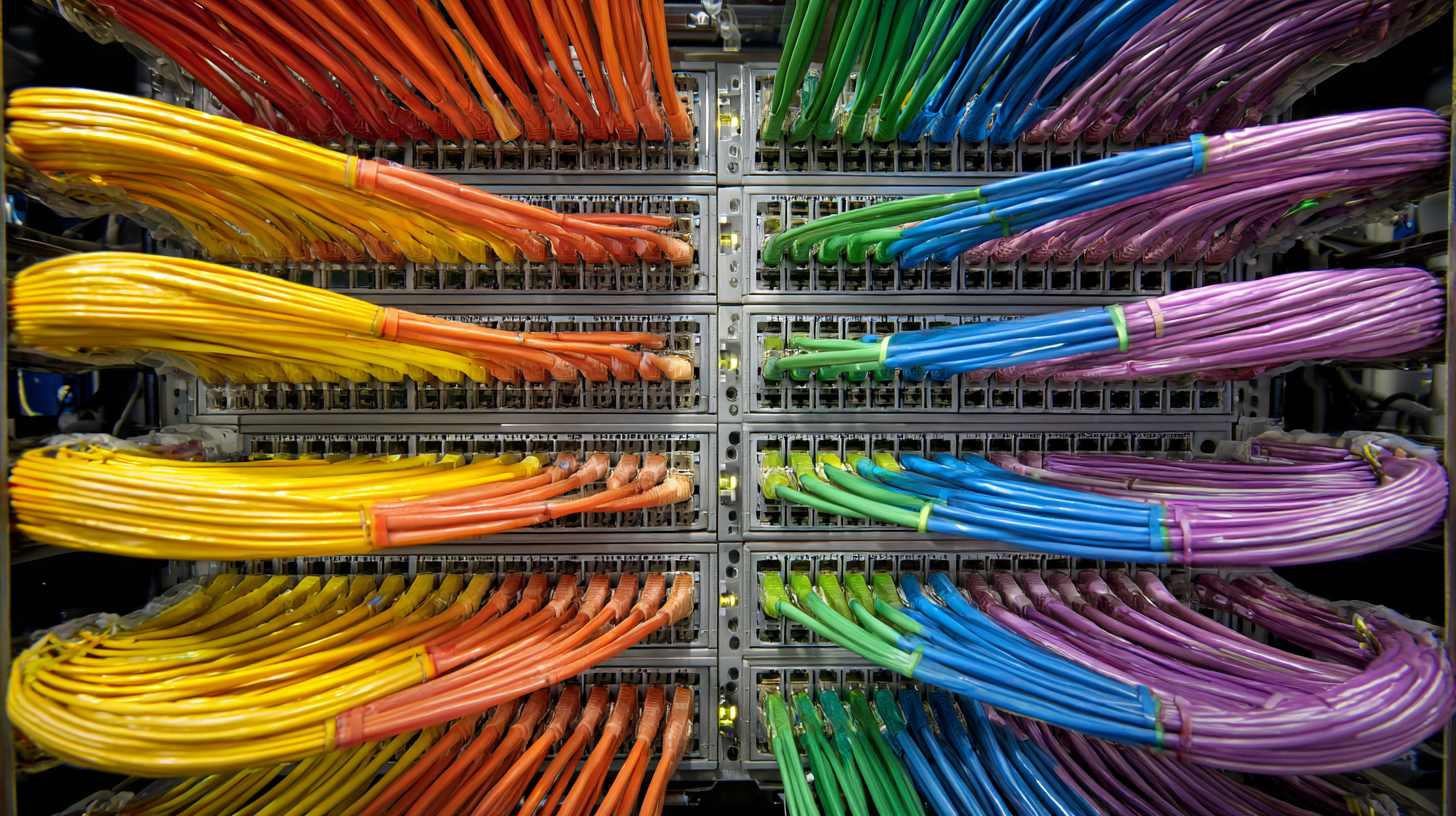
From understanding the different types of fiber patches available to assessing factors such as cable length, connector types, and the environment in which they will be installed, this article will explore the critical elements that influence your selection.
Whether you're upgrading your existing network or setting up a new one, knowing how to choose the right fiber patch will help you achieve optimal performance and connectivity, ensuring that your network is equipped to handle the demands of today's data-driven landscape.
Understanding Different Types of Fiber Patches Available in the Market
When selecting the right fiber patch for your networking needs, it's crucial to understand the different types available in the market. Fiber patches come in various configurations and types, including single-mode and multi-mode fibers. Single-mode fibers are ideal for long-distance transmissions, providing higher bandwidth and less signal loss. In contrast, multi-mode fibers are suited for shorter distances, commonly used in local area networks (LANs).
Tips: Always consider the specific application when choosing fiber patches. If your network requires high-speed connections over long distances, opt for single-mode fibers. For less demanding environments, multi-mode options are often more cost-effective and sufficient. Additionally, pay attention to the connector types—SC, LC, and ST connectors can affect compatibility with existing infrastructure.
Another factor to consider is the patch cable length. Ensure that the length of the fiber patch meets your installation needs without excess slack, which can lead to damage or signal degradation. A well-organized setup not only improves performance but also simplifies maintenance. Always consult with a networking professional if you're unsure about the best fiber patch options for your requirements.
How to Choose the Right Fiber Patch for Your Networking Needs
| Patch Type | Connector Type | Core Diameter | Length Options | Applications |
|---|---|---|---|---|
| Single-Mode | LC/SC | 9/125 µm | 1m, 3m, 5m | Telecommunication, Data Centers |
| Multi-Mode | ST/LC | 50/125 µm or 62.5/125 µm | 1m, 2m, 10m | LAN Networking, Short-Distance Applications |
| Armored Fiber | LC/SC | 9/125 µm or 50/125 µm | 3m, 5m, 10m | Industrial Environments, Outdoor Use |
| Patch Cord | MTP/MPO | 12/24 fiber count | 5m, 15m, 30m | Data Centers, High-Density Connections |
Evaluating Your Networking Requirements for Optimal Fiber Patch Selection
When evaluating your networking requirements for optimal fiber patch selection, it's essential to start by understanding the current and future demands of your infrastructure. According to a report from the International Telecommunication Union (ITU), global internet traffic is projected to increase threefold by 2025. This exponential growth in data transmission necessitates the selection of fiber patch cords that can handle higher bandwidths and support advanced applications such as 4K video streaming and cloud services.
Given the need for speed and reliability, businesses should prioritize fiber patch options that offer low insertion loss and high return loss ratings. The Fiber Optic Association (FOA) states that using high-quality connectors can reduce signal degradation and improve overall network performance. Additionally, it is crucial to consider the patch cord lengths; a mismatch in length can lead to increased attenuation, impacting signal quality. For instance, a study by Lightwave found that using longer cables than necessary can account for a 50% reduction in performance. Thus, thorough assessment of your organizational needs and future growth projections plays a pivotal role in making the right fiber patch selection.
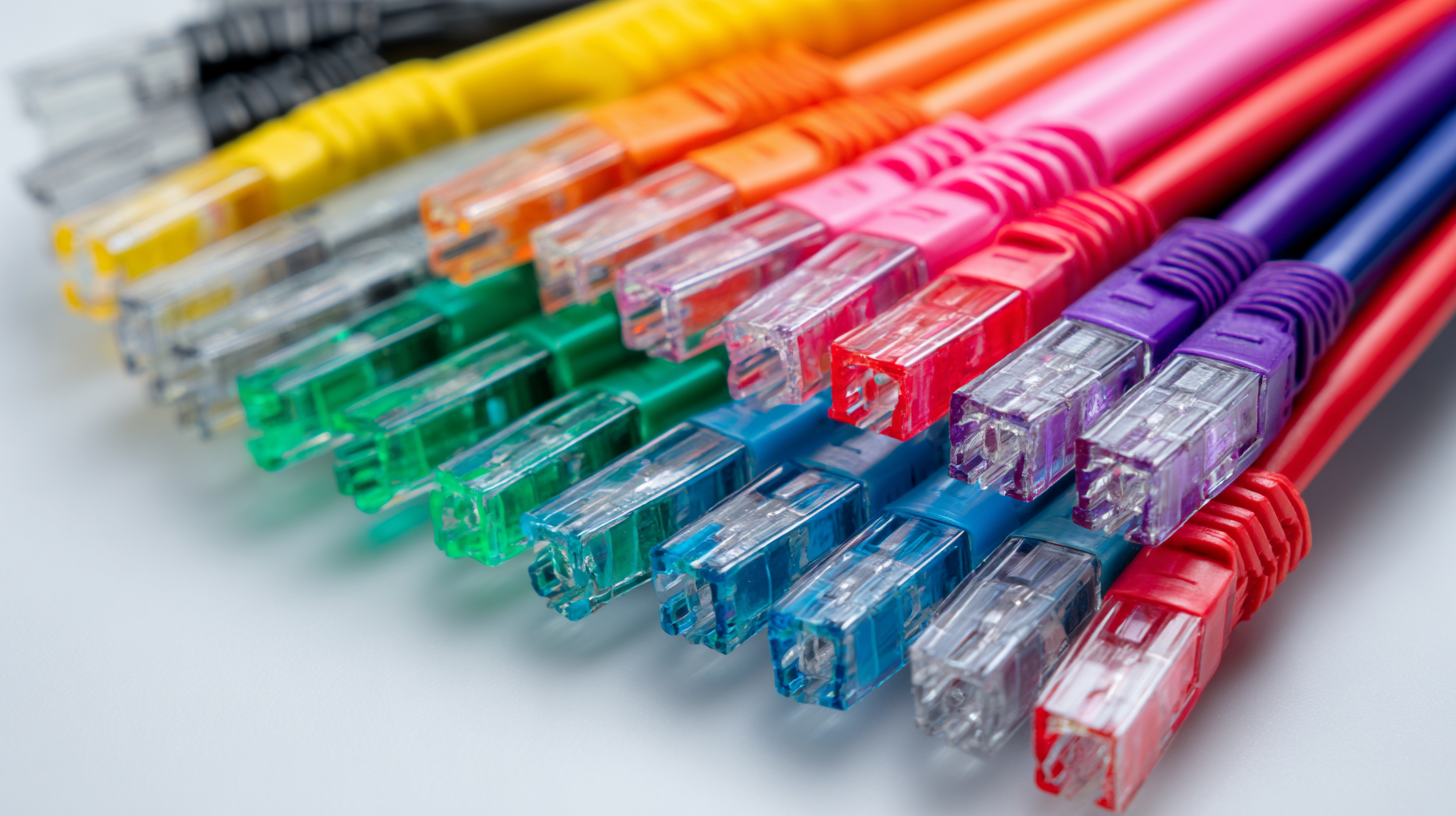
Key Features to Look for When Choosing a Fiber Patch
When selecting the right fiber patch for your networking needs, it’s essential to focus on key features that ensure optimal performance. First and foremost, the type of connector is critical. Common connectors like LC, SC, and ST are designed for specific applications, so your choice should align with the equipment you are using. Ensuring compatibility can prevent connectivity issues and enhance transmission efficiency.
Another vital aspect to consider is the cable’s fiber count and type. For instance, single-mode fibers (OS1/OS2) are ideal for long-distance communication, whereas multi-mode fibers (OM1/OM2/OM3/OM4) are suitable for shorter distances. The chosen fiber count should reflect the bandwidth and scalability needs of your network. Additionally, the quality of the fiber patch, including its attenuation rating and durability, can significantly impact the network's reliability, making it necessary to invest in high-quality patches from reputable manufacturers.
Comparing Cost-Effectiveness of Various Fiber Patch Options
When selecting a fiber patch for your networking needs, cost-effectiveness is a crucial factor. Various fiber patch options are available, each with its own price range and performance characteristics. According to a recent report by MarketsandMarkets, the global fiber optic market is projected to grow significantly, with the cost of fiber patch cables ranging from $0.50 to $2.00 per foot depending on specifications such as fiber type and connectivity. This variance can dramatically impact your budget, especially for large-scale installations.
Tip: Always evaluate the total cost of ownership, which includes installation, maintenance, and the potential need for replacements. Opting for higher-quality fiber patches, while slightly more expensive upfront, can reduce long-term costs due to their durability and performance reliability.
Moreover, it's essential to consider compatibility with existing network equipment. A study from the Fiber Optic Association highlights that mismatched connectors and low-quality cables can lead to network downtime, which can be far more costly than the initial savings accrued from choosing cheaper options. Investing in reliable fiber patches can ensure minimal signal loss and enhance network efficiency.
Tip: Assess your network's specific needs—such as speed requirements and environmental factors—before making a choice, as these elements can directly affect your overall network performance and long-term maintenance expenses.
Cost-Effectiveness of Various Fiber Patch Options
Ensuring Compatibility with Existing Networking Infrastructure and Equipment
When selecting a fiber patch for your networking needs, ensuring compatibility with your existing networking infrastructure and equipment is paramount. As businesses increasingly adopt advanced technologies, such as software-defined networking and high-speed processors, organizations must consider how these innovations will integrate with their current hardware. For instance, the introduction of new chip architectures and high-bandwidth interfaces, like PCIe 5.0, can significantly impact the performance of network connections. Understanding the specifications of your current setups, such as the number of devices and their bandwidth capabilities, will help in making informed choices.
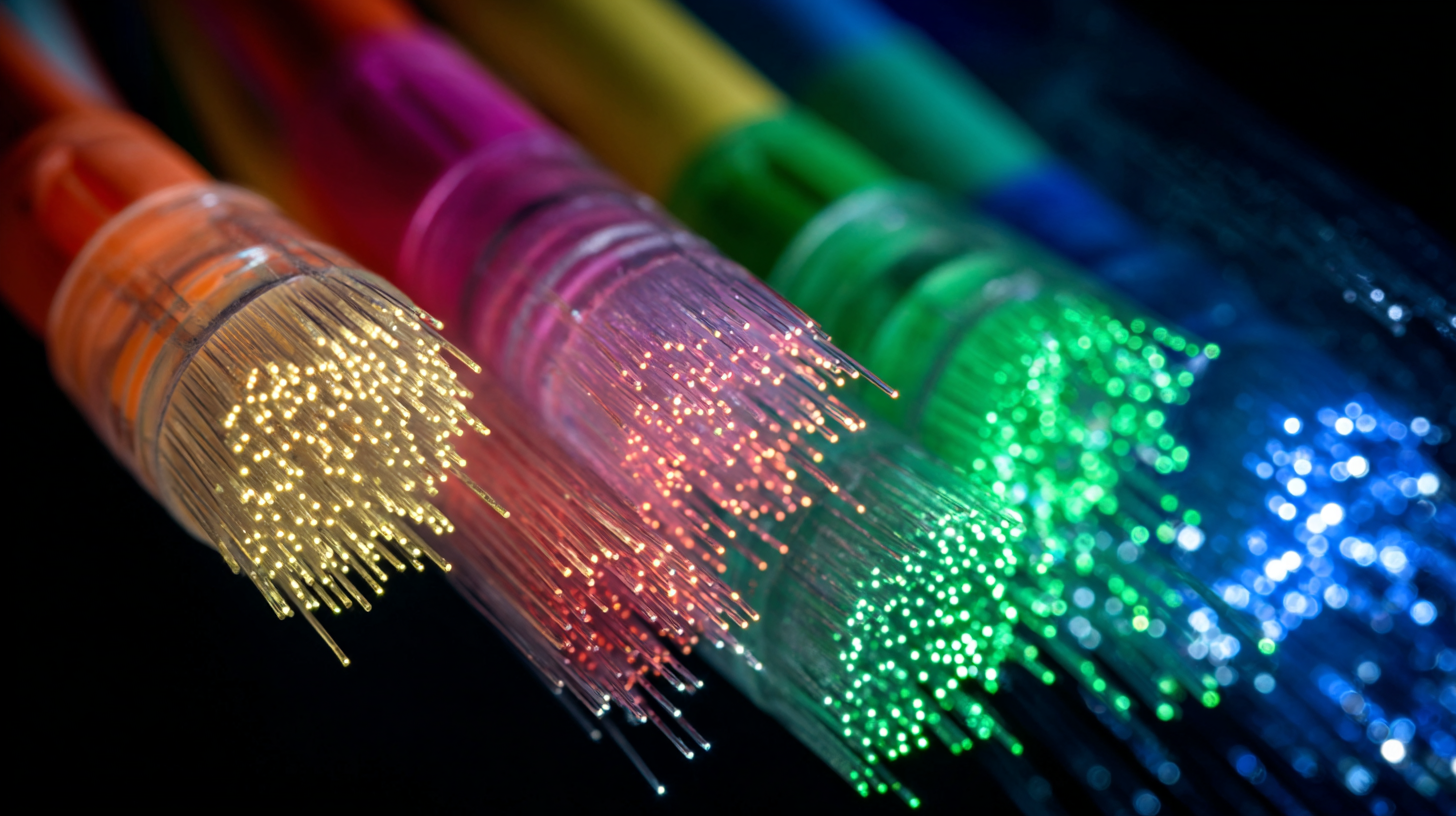
Additionally, as the networking market evolves with innovations like cloud-based systems and open architectures, compatibility becomes even more critical. Organizations are often faced with a mix of legacy and modern equipment, making it essential to choose fiber patches that support both to avoid connectivity issues. Analyzing the growth trends in related markets, such as network processors and TETRA radios, can provide insights into future-proofing your selections, ensuring that your network remains resilient and efficient as demands increase.
Related Posts
-

Understanding the Types of Fiber Optic Wire: A Comprehensive Guide
-
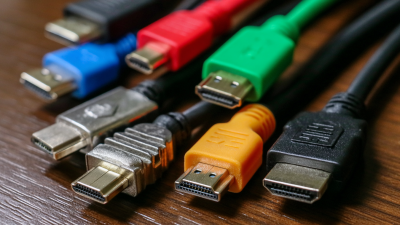
7 Best Cable Connectors You Should Invest In Right Now
-
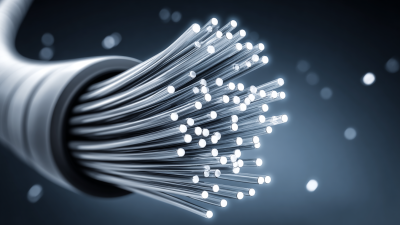
Maximize Your Network Potential with Fiber Cable Insights and Best Practices
-
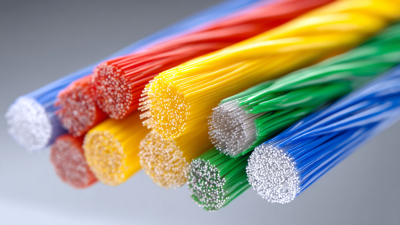
How to Choose Between Cable and Fiber for Your Home Internet Needs
-

Challenges Faced by Businesses Using Ineffective Cable Management Tools
-
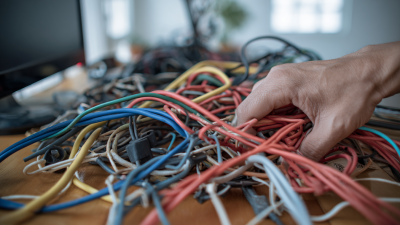
7 Strategies for Effective Wire Management: Boost Your Business Efficiency by 30%!






